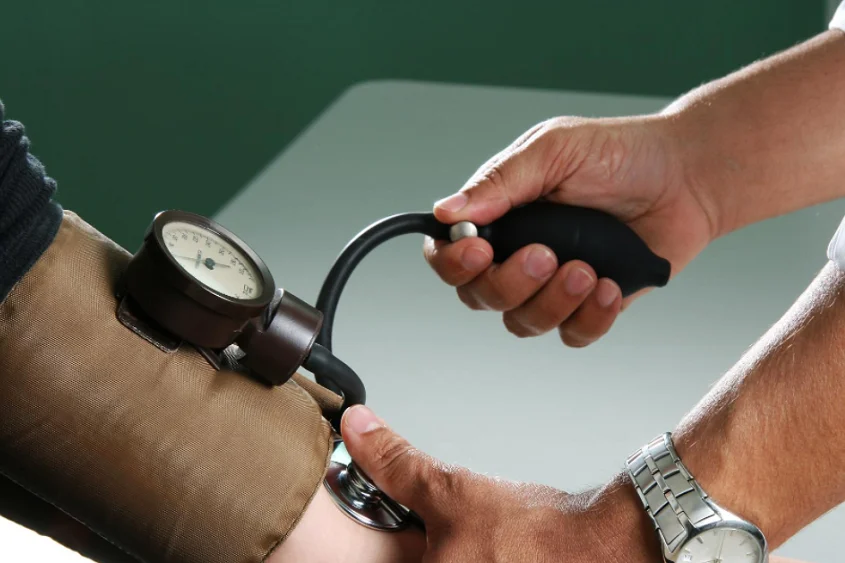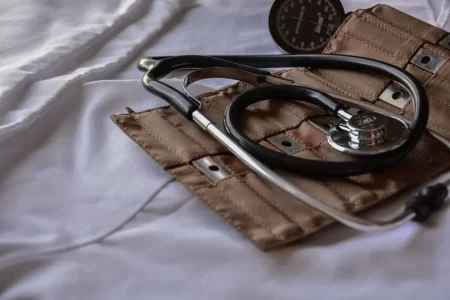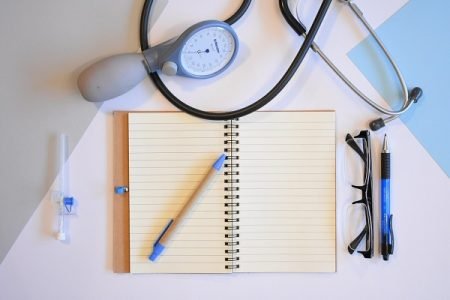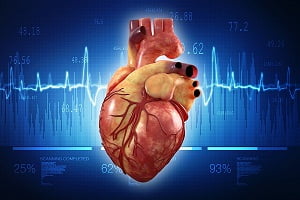Diagnosing High Blood Pressure (Hypertension)
- Updated on: Dec 14, 2023
- 3 min Read
- Published on Sep 27, 2019

Hypertension, (also called high blood pressure), is often called a “silent disease” because the symptoms generally do not appear in the beginning. You might not know usually that you have it.
There may be no symptoms or signs at all. But, it continues to damage the body and by the time you detect it, it may already be too late. It might have caused problems like heart disease (coronary heart disease). Sometimes, hypertension is diagnosed and identified only when you have other diseases and complications as a result of hypertension.
Therefore, it’s important to monitor your blood pressure regularly, particularly when you are at risk of it due to lifestyle and family history.
Measuring your blood pressure
You can get your blood pressure checked by a health care provider. You can measure the blood pressure at home with a blood pressure monitor.
Readings taken at home can be particularly helpful in diagnosing and monitoring your blood pressure because they represent the actual blood pressures instead of what is record at a doctor’s setting. Sometimes, blood pressures may vary slightly just because you’re being present in a clinical sitting.
But it is important that you understand well how to measure the blood pressures. Your doctor may get some sense about these readings but may not always rely on these numbers unless he or she has verified your methods of measurement for accuracy.
Blood pressure is recorded as two values: the systolic blood pressure and diastolic blood pressure.
- Systolic blood pressure is the maximum pressure during a heartbeat, when your heart is sending blood throughout the body
- Diastolic blood pressure is the lowest pressure between two heartbeats, when your heart is in the relaxed position.
Blood pressure is measured in millimeters of mercury (mm Hg). The blood pressure values are written systolic over diastolic according to a well defined practice. For example, 120/80 mm Hg, or 120 over 80 indicates the systolic pressure of 120 and diastolic pressure of 80 mm Hg.
According to recent guidelines, the normal blood pressure is less than 120/80 mm Hg. Blood pressure that is greater than 140/90 indicates hypertension. In case of older people with age 60 and above, high blood pressure is defined as 150/90 or greater. According to American standards, prehypertension is identified when your blood pressure is 120 to 139/80 to 89.
Preparing yourself before measuring blood pressure
A blood pressure test is painless and quick procedure and can be done in a health care provider’s office or clinic or at home. To prepare yourself for the test, you should:
- not drink coffee for 30 minutes before the test
- not smoke cigarettes for 30 minutes before the test
- sit for at least 5 minutes before the test
- go to the bathroom before the test
Your doctor may ask you to come to his or her office on multiple different days and at different times to take your multiple blood pressure readings. This is to ensure variances are taken care of.
How a blood pressure test works
A blood pressure reading is taken with a device called sphygmomanometer. It contains a pressure cuff that is tied to your arm:
- During the test, the pressure cuff is placed around the upper arm before it is inflated. Inflation can be done manually in a manual apparatus or electronically in a digital device.
- Once the cuff is inflated, it compresses your brachial artery and temporarily stops the blood flow.
- Air in the cuff is then slowly released while your doctor will note the measurement with a stethoscope or monitors an electronic display.
- The pressure in the cuff is noted at two different points as the blood flow starts to return to your arm. These two measurements are indicative of your blood pressure readings.
- Your doctor will compare these readings with standard values of blood pressures to identify whether you have hypertension or not. He or she will accordingly decide a treatment plan for you.












